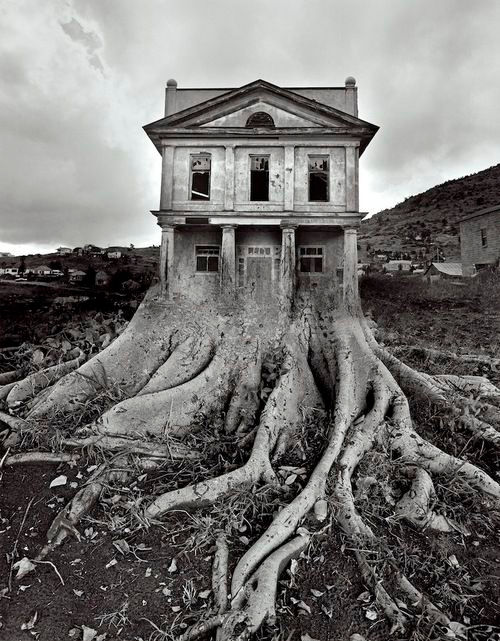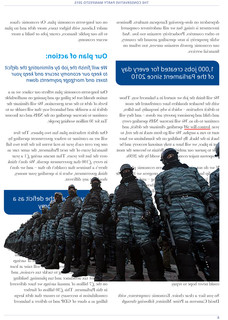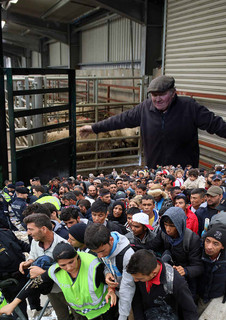Mixed Media Research
- Dave Macey

- Mar 1, 2016
- 3 min read
Whilst searching the internet for examples and articles of photomontage I came across this article by the University of Washington. (https://courses.washington.edu/hypertxt/cgi-bin/book/pmontage/kindsofpm.html) Unfortunately I couldn’t find a name printed with the article, so it remains uncredited, but they do raise a few interesting points.
The first one being the classification of photomontage. They suggest that a montage is the blending of two or more images or negatives to make one complete image and they make this distinction to separate photomontage from collage. Initially I was not entirely convinced of this distinction but upon reflection and by looking at the work of Peter Kennard, they do have a point. When looking at his work the images are not cut out and stuck together with rough edges, but the images are made to fit into each other so they have some element of cohesion. This is also evident in the work of John Stezaker where he combines two portraits into one by using a line to cross the disparity of the two portraits into a cohesive whole.

Another point they raise is the “natural unnaturalness of photomontage”. This happens when there are two elements that don't match but are blended together. A good example of this is the photomontage by Jerry Uelsmann of Tree and House, where two images have been blended to make one image but produce an unnatural whole. This also raises the influences of surrealism in photomontage as both art forms take separate artefacts and produces one whole picture.
They also raise the point of the photomontage challenging our visual system, the visual language we use to understand a photograph. A certain ambiguity can be produced within the photomontage because of:
Different objects are depicted that are normally unconnected.
The objects might not be readily apparent
The location within the frame of the objects and in relation to each other and why those objects are in the same frame.
The use of perspective and viewpoint.
So, the photomontage raises questions such as what are those objects, why are those objects connected in the same frame, why are they viewed from low and high angles and why are those two objects placed close together? This in itself can be used as a checklist to read a photomontage but will also help with the artefact that I making for the project.
In summary, finding this article has been extremely useful. It has helped to solidify a way of looking at photomontage and has also helped to clarify what a photomontage is and how it is different to a collage. This will be very useful whilst I am producing photomontages to of how I can better produce them in the manifesto.
Recently though I have set myself the task of producing five different photomontages a day. Now I do realise that this could lead to creating a photomontage just for the sake of it and so the quality wont be as good as it could be. But my motivation for this approach is that by producing 5 a day, I can have the artefact complete within a fortnight. This will then give me a working model that can be adjusted and strengthened, it will continue to be work in progress. Also, the more photomontages I make, then the better I will become as this can be a case of practice makes perfect. It also means that as I start to research for the essay, I’ve decided on 2,500 words, the theory can be applied to the practice.
So, below are the latest series of photomontages I have created. After reading the article above I think these could be better. There is a connection between the image and the text, the text helps to anchor the image and give meaning, but in some cases I need to add another image. The images that work the best are Page 14, Page 20, Page 21 and Page 9 because they contradict and ask the questions that challenge authority and the role of the state caring for its citizens. The weakest ones are where there are single images that don’t present a challenging point of view. A good example is Page 22, with a beggar and the caption “our long term commitment” only hints at the image challenging the title. It could possibly be strengthened by having him smaller and a policeman standing over him raises more questions and can be more challenging.





























Comments